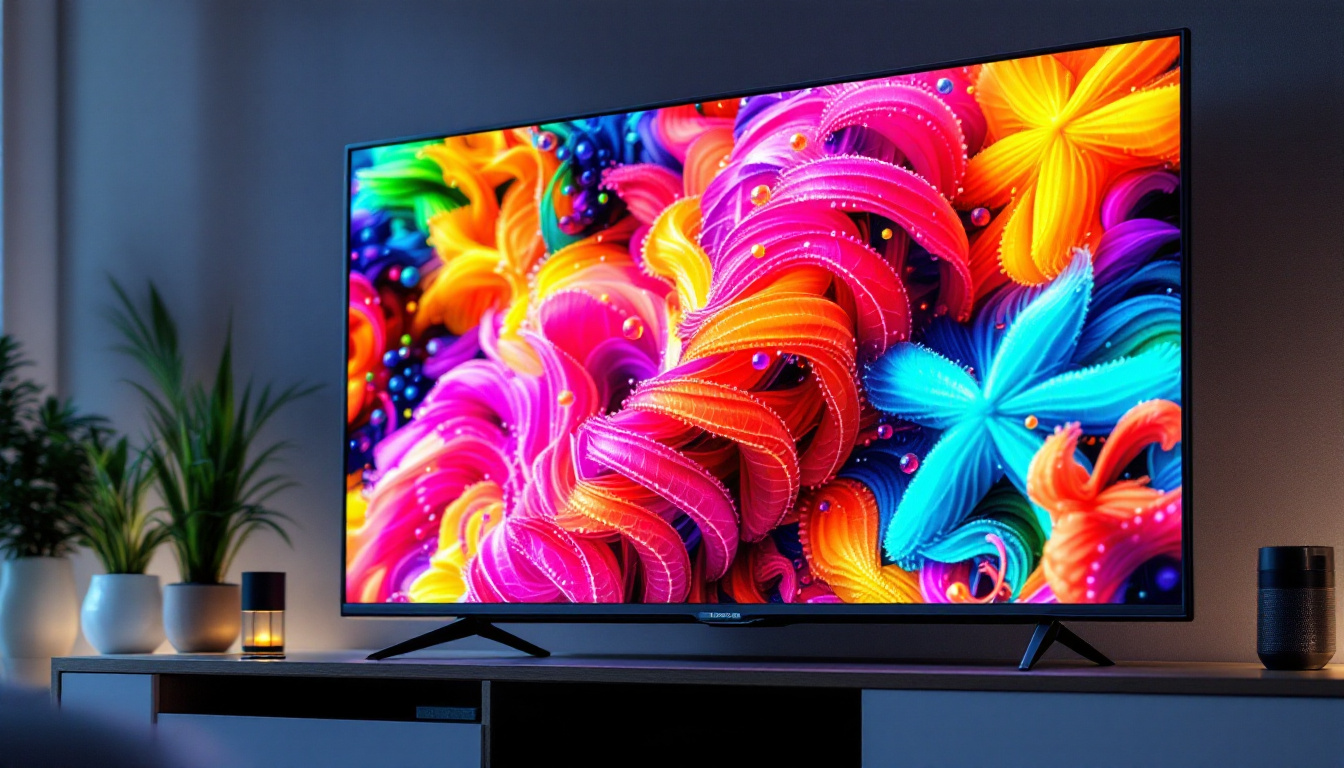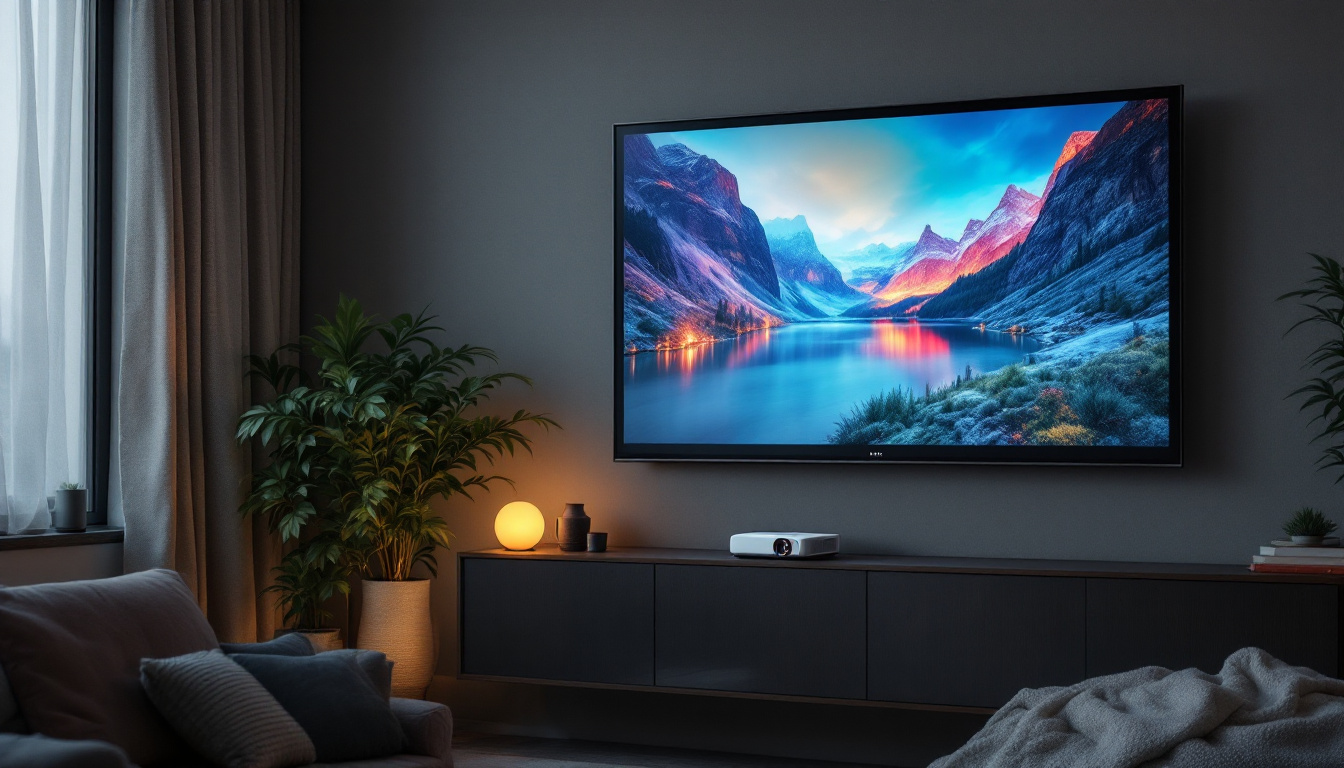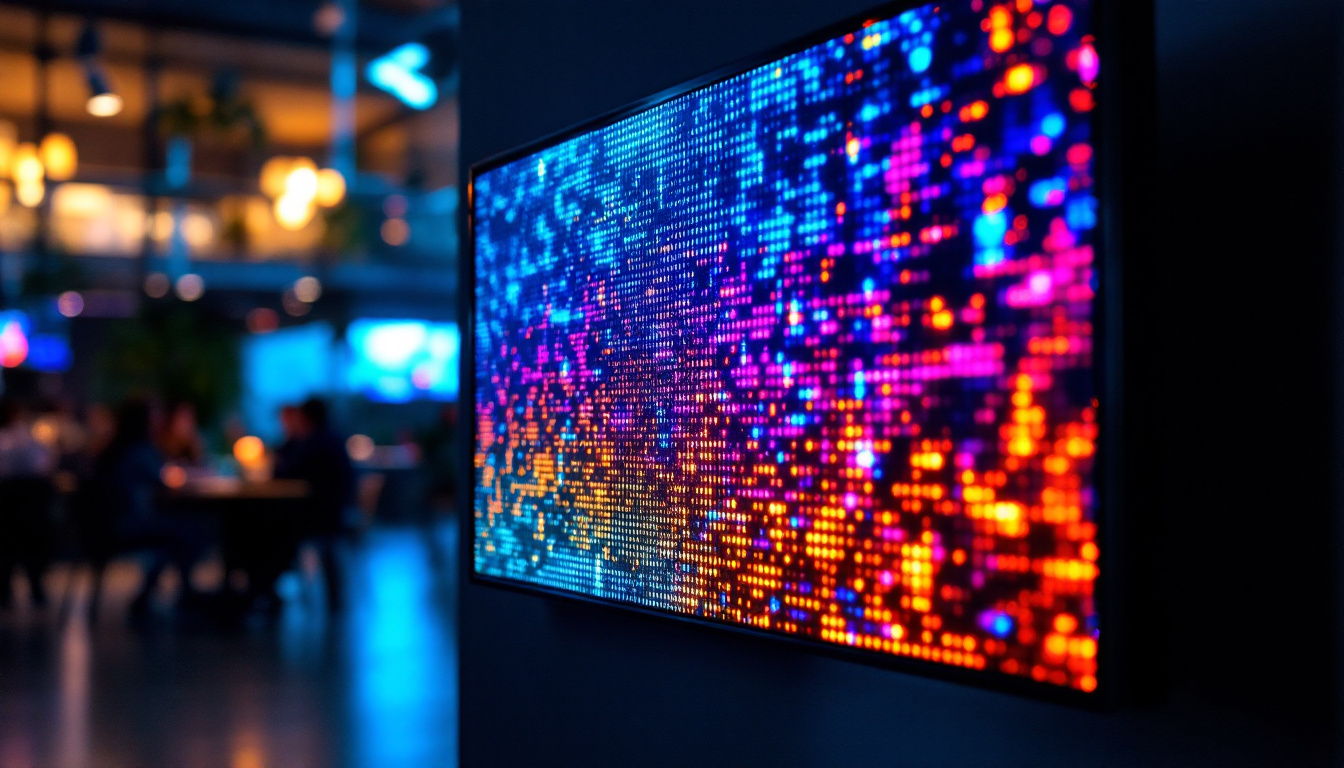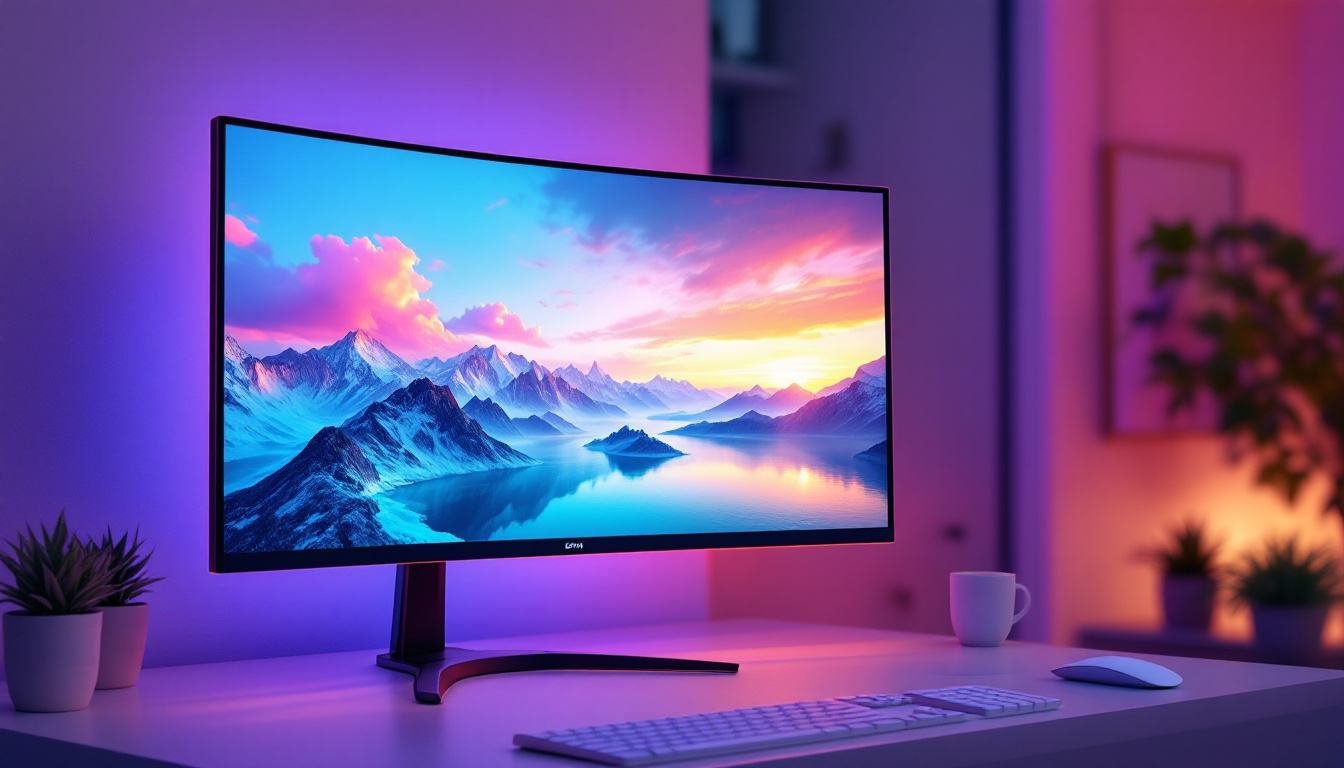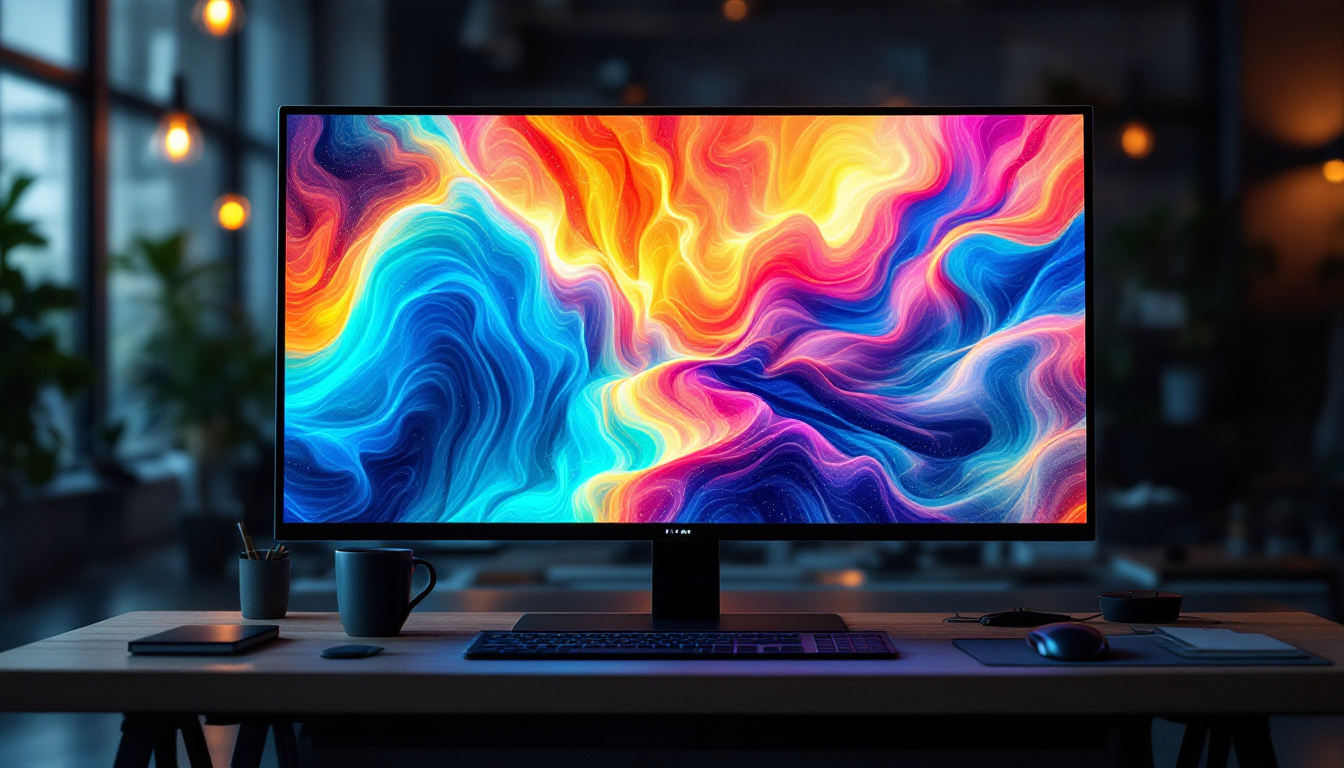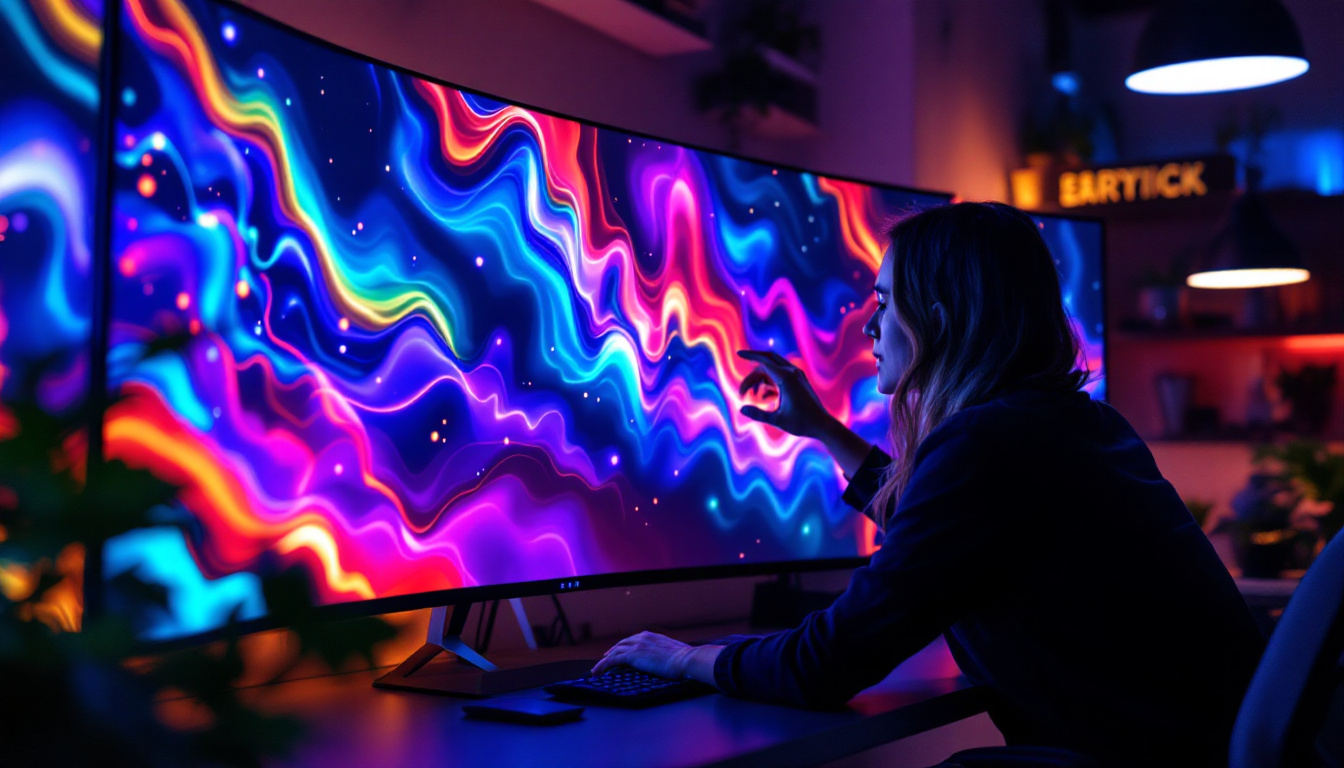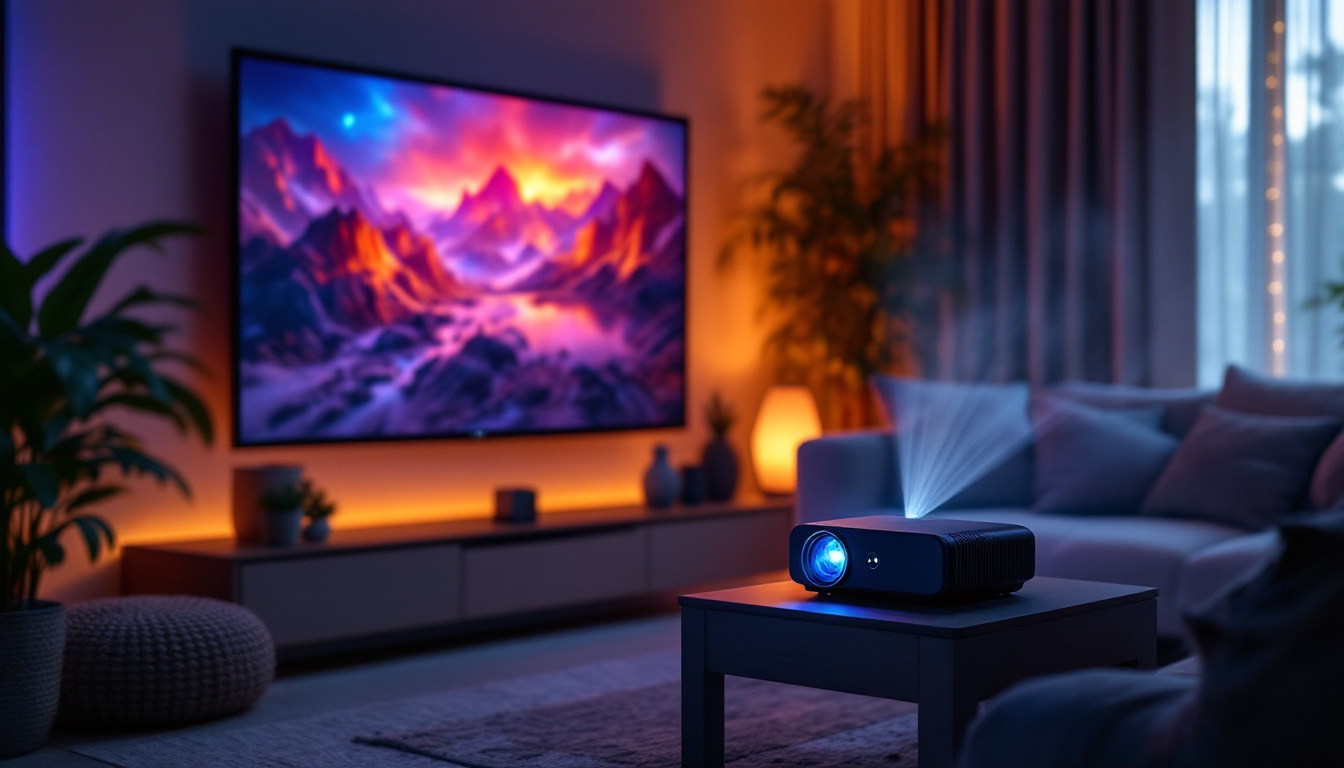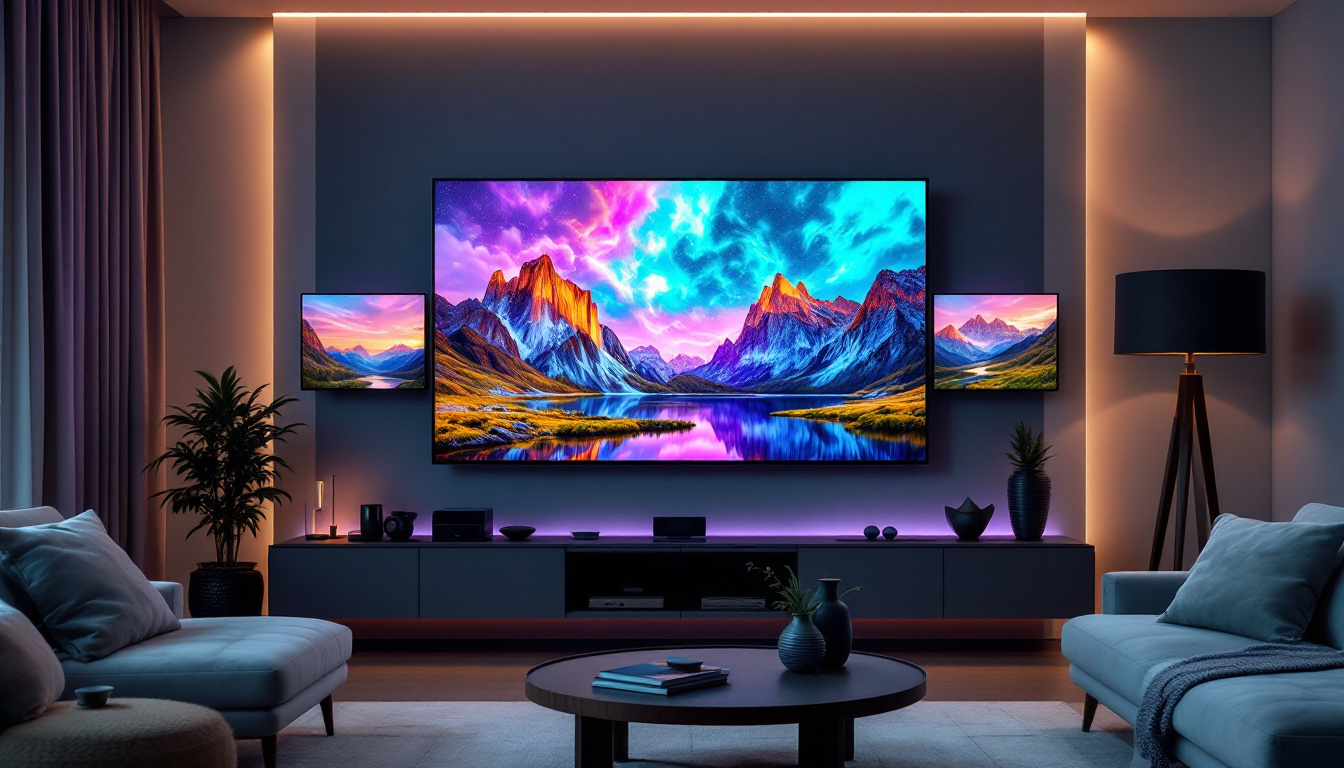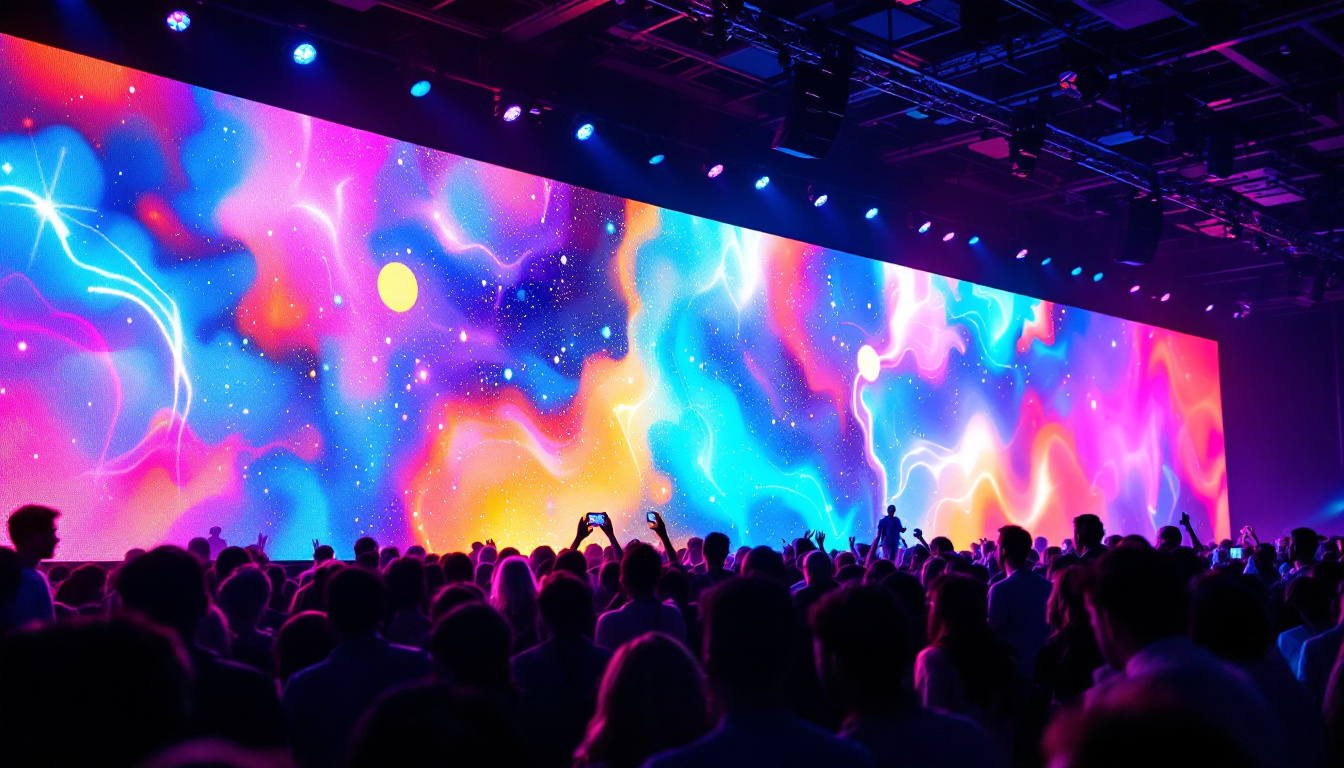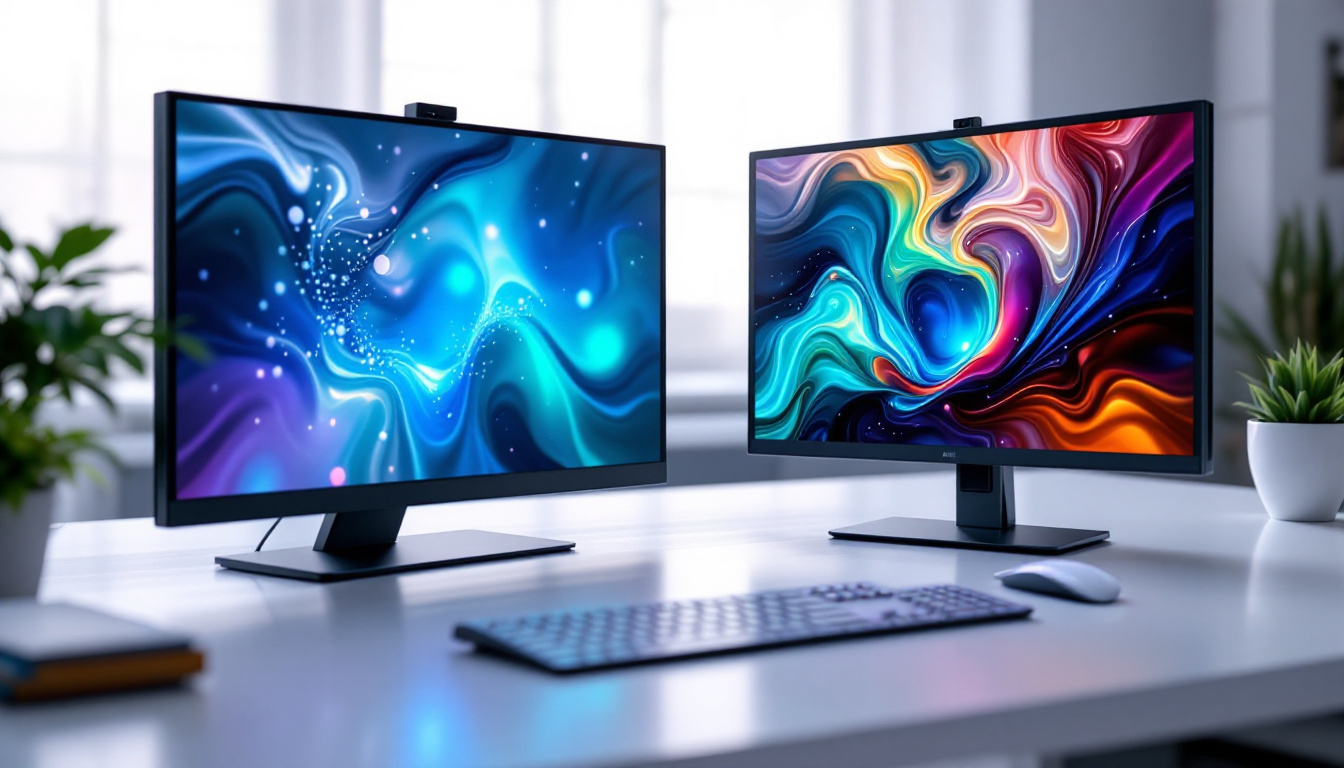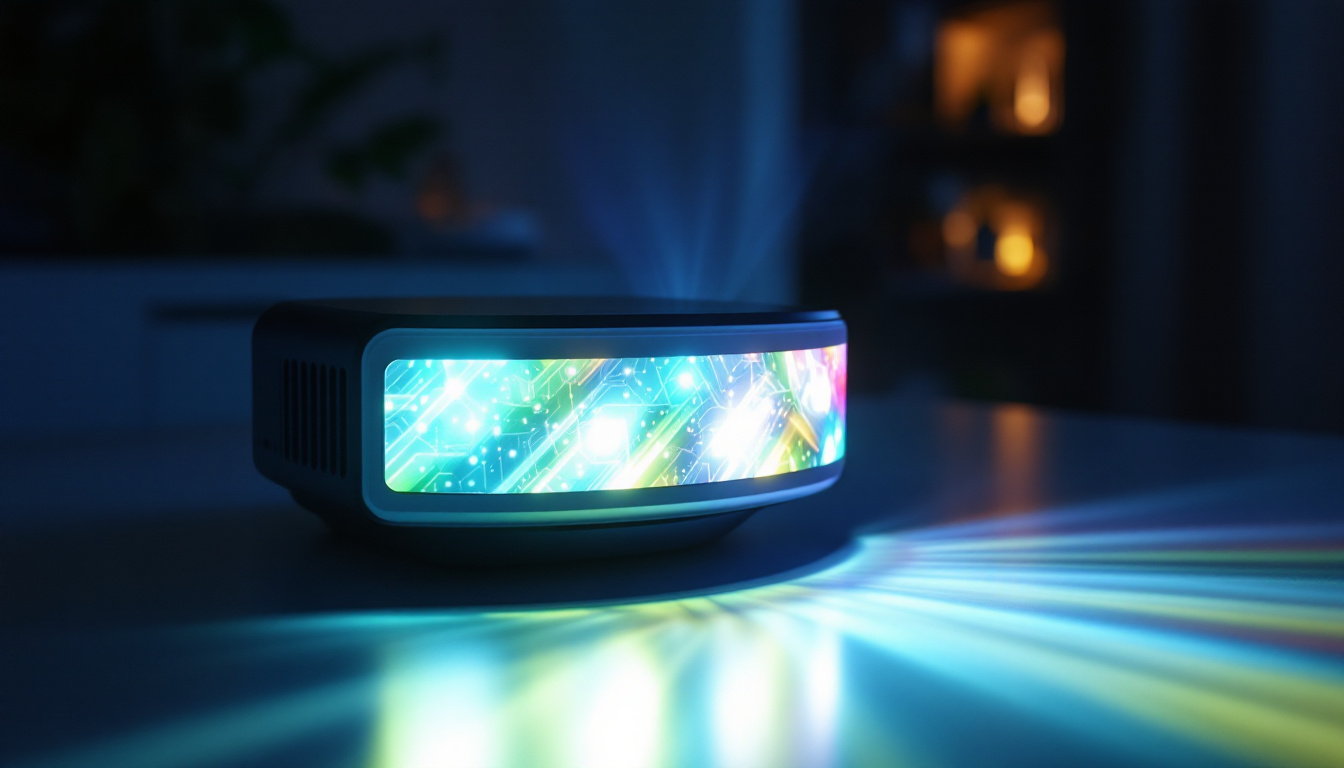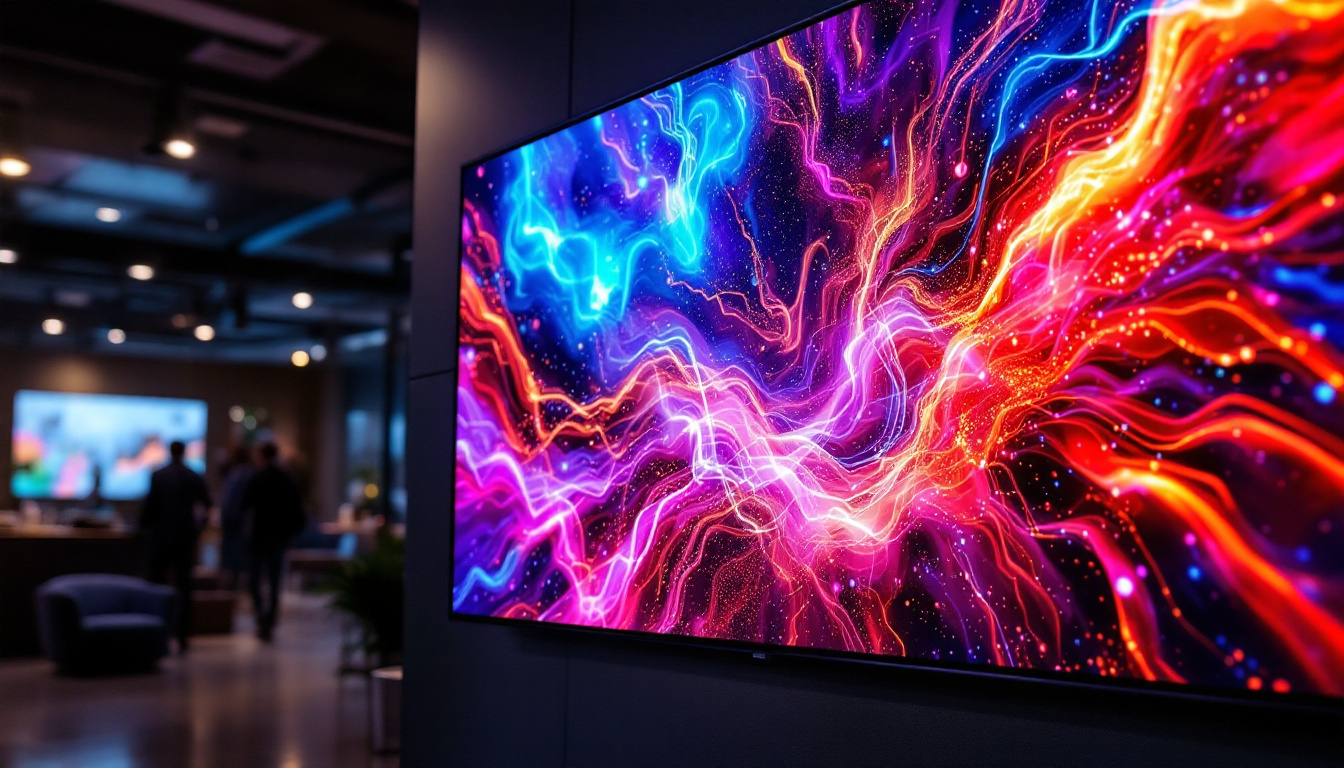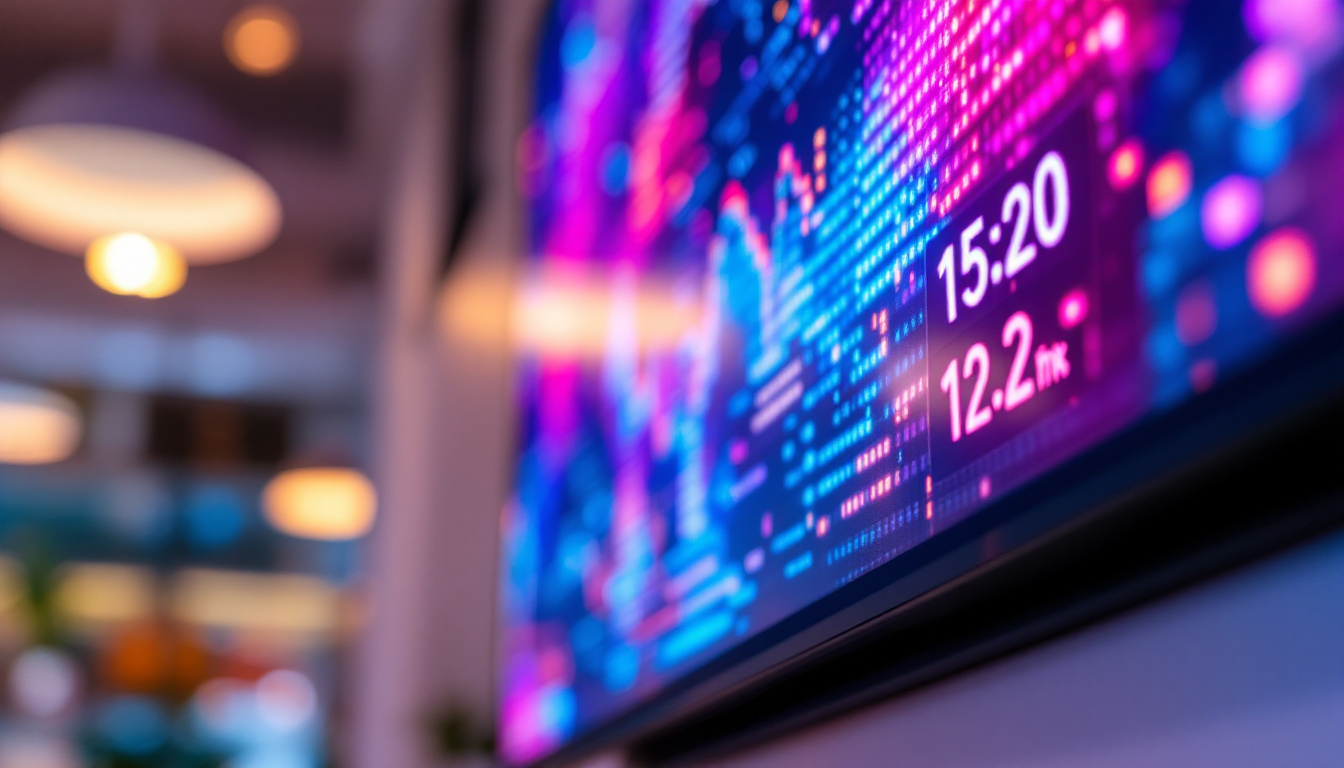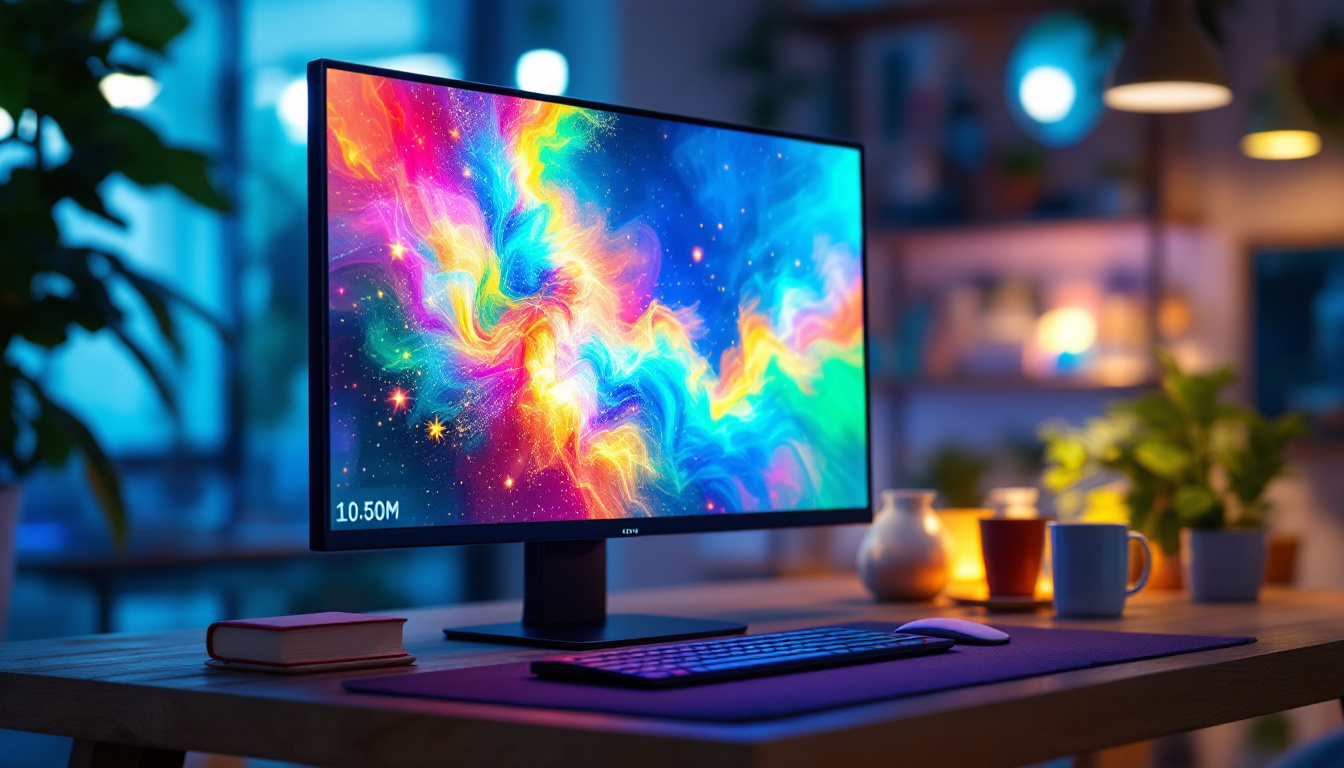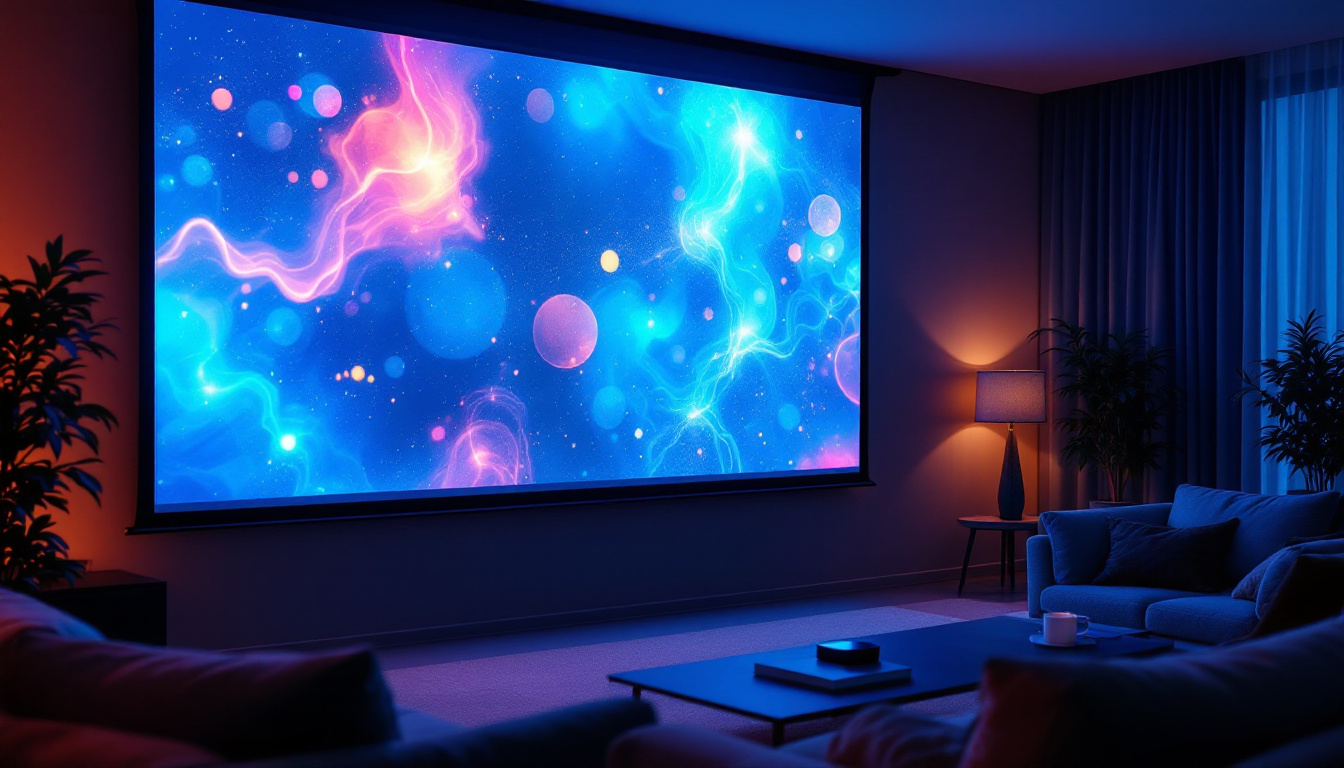In the realm of modern home entertainment, panel televisions have transformed the way we consume media. Among the various technologies available, LED displays stand out for their impressive picture quality, energy efficiency, and sleek designs. This article delves into the intricacies of LED display technology, exploring its features, benefits, and how it compares to other types of displays.
Understanding LED Technology
LED, or Light Emitting Diode, is a technology that has revolutionized the television industry. Unlike traditional LCD televisions that use fluorescent backlighting, LED televisions utilize an array of tiny diodes to produce light. This fundamental difference results in a range of advantages, making LED displays a popular choice for consumers.
How LED Displays Work
At the core of an LED television is its ability to manipulate light. The screen comprises millions of pixels, each capable of emitting light in various colors. When combined, these pixels create the images we see on the screen. The LED technology can be categorized into two main types: edge-lit and full-array.
Edge-lit LED televisions have LEDs positioned along the edges of the screen. This design allows for a thinner profile but can sometimes lead to uneven lighting. In contrast, full-array LED televisions feature a grid of LEDs behind the entire screen. This setup provides superior control over brightness and contrast, resulting in a more uniform picture quality. Furthermore, advancements in local dimming technology have allowed full-array displays to enhance their performance even further by dimming specific areas of the screen to improve black levels and contrast, making them ideal for cinematic experiences.
Benefits of LED Displays
LED displays offer several advantages over traditional display technologies. One of the most notable benefits is energy efficiency. LED televisions consume significantly less power than their older counterparts, making them an environmentally friendly option.
Moreover, LED displays typically provide better brightness and contrast levels. This enhanced performance is particularly noticeable in brightly lit rooms, where the vibrant colors and sharp details can elevate the viewing experience. Additionally, LED technology supports a wider color gamut, allowing for more accurate and vivid color reproduction. This is especially beneficial for content creators and graphic designers who rely on precise color accuracy for their work. As a result, LED televisions have become the preferred choice not only for casual viewers but also for professionals in various fields, enhancing both entertainment and productivity.
Comparing LED Displays with Other Technologies
While LED displays are popular, it’s essential to understand how they stack up against other technologies, such as OLED and QLED. Each type has its unique characteristics, catering to different preferences and needs.
LED vs. OLED
OLED, or Organic Light Emitting Diode, is another advanced display technology that has gained traction in recent years. Unlike LED displays, OLED screens do not require a backlight. Instead, each pixel emits its own light, allowing for true blacks and exceptional contrast ratios.
One of the main advantages of OLED technology is its ability to produce deeper blacks, which enhances the overall picture quality. This is particularly noticeable in dark scenes, where the absence of backlight leakage results in a more immersive viewing experience. However, OLED displays can be more expensive than LED televisions, and they may be susceptible to burn-in, where static images can leave a permanent mark on the screen. This issue can be mitigated with various software solutions, but it remains a consideration for potential buyers.
LED vs. QLED
QLED, or Quantum Dot LED, is a technology developed by certain manufacturers to enhance LED displays. QLED televisions utilize quantum dots to improve color accuracy and brightness. This technology allows for a wider color spectrum and better performance in bright environments.
While QLED televisions can offer superior brightness and color performance compared to standard LED displays, they still rely on a backlight, which means they may not achieve the same level of contrast as OLED screens. However, QLEDs are generally more affordable than OLEDs, making them an appealing option for consumers seeking high-quality visuals without breaking the bank. Additionally, QLED technology often includes features like local dimming, which helps improve contrast by dimming specific areas of the screen while keeping others bright, further enhancing the viewing experience.
Moreover, QLED displays tend to have a longer lifespan compared to OLEDs, as they do not face the same risk of burn-in. This durability can be a significant factor for consumers who plan to use their televisions for a variety of content, including video games and news channels that may display static logos. As a result, QLEDs are often favored in family settings where the television is used for multiple purposes throughout the day, offering a balance of performance and longevity that can meet diverse viewing habits.
Choosing the Right LED Television
When selecting an LED television, several factors should be considered to ensure you make the best choice for your needs. Understanding the specifications and features can help narrow down the options.
Screen Size and Resolution
Screen size is one of the most critical aspects to consider. The ideal size depends on the viewing distance and the room’s layout. A larger screen can enhance the viewing experience, especially for movies and sports, but it should fit comfortably within the space.
Resolution is another vital factor. Most modern LED televisions come in at least Full HD (1080p), with many offering 4K (2160p) or even 8K resolutions. Higher resolutions provide more detail and clarity, making them ideal for larger screens or close viewing distances. Additionally, consider the type of content you will be watching; for instance, 4K content is becoming increasingly available through streaming services, making a 4K TV a worthwhile investment for future-proofing your home entertainment setup.
Smart Features and Connectivity
Today’s LED televisions often come equipped with smart features, allowing users to access streaming services, browse the internet, and utilize applications directly from the TV. When choosing a television, consider the operating system and the availability of popular apps. Some TVs come with built-in voice assistants, enabling hands-free control and a more interactive viewing experience. This can be particularly useful for quickly searching for shows or adjusting settings without needing to navigate through menus.
Connectivity options are also essential. Look for multiple HDMI ports, USB connections, and wireless capabilities to ensure compatibility with various devices, such as gaming consoles, sound systems, and streaming devices. Additionally, some televisions now support HDMI 2.1, which allows for higher bandwidth and features like variable refresh rates, making them ideal for gamers who want to enjoy a smoother and more responsive gaming experience. Furthermore, consider the availability of Ethernet ports for a stable internet connection, especially if you plan to stream high-definition content regularly.
Maintaining Your LED Television
To ensure longevity and optimal performance, proper maintenance of an LED television is crucial. Simple care practices can significantly extend the life of the device and enhance the viewing experience.
Cleaning the Screen
Regular cleaning of the screen is essential to maintain picture quality. Dust and fingerprints can accumulate, leading to a diminished viewing experience. Use a microfiber cloth and a gentle screen cleaner specifically designed for electronics to avoid damaging the display.
It’s advisable to turn off the television before cleaning and to avoid using harsh chemicals or abrasive materials that could scratch the screen. Additionally, ensure that the cloth is slightly damp, as excessive moisture can damage the electronics.
Optimal Settings for Picture Quality
Adjusting the picture settings can significantly enhance the viewing experience. Most LED televisions come with preset modes, such as Standard, Movie, or Vivid. Experimenting with these settings can help find the optimal balance for different types of content.
Moreover, adjusting brightness, contrast, and color settings according to the room’s lighting conditions can improve picture quality. Regularly updating the television’s firmware can also ensure access to the latest features and enhancements.
The Future of LED Technology
As technology continues to evolve, the future of LED displays looks promising. Innovations in display technology are continually emerging, enhancing performance and user experience.
Advancements in Display Technology
Future developments may include improvements in energy efficiency, picture quality, and the integration of artificial intelligence for optimizing settings based on content type. Additionally, advancements in mini-LED and micro-LED technologies promise even better contrast ratios and color accuracy.
These innovations aim to bridge the gap between LED and OLED technologies, offering consumers the best of both worlds. With ongoing research and development, the next generation of LED displays may redefine the viewing experience.
Integration with Smart Home Systems
As smart home technology becomes increasingly prevalent, the integration of LED televisions with home automation systems is expected to grow. This integration allows for seamless control of the television alongside other devices, enhancing convenience and user experience.
Imagine controlling your television with voice commands or programming it to turn on and off based on your daily routine. Such advancements will likely become standard features in future LED televisions, making them an integral part of smart home ecosystems.
Conclusion
LED display technology has transformed the television landscape, offering consumers a blend of quality, efficiency, and innovation. Understanding the workings of LED displays, their advantages, and how they compare to other technologies is crucial for making informed purchasing decisions.
As advancements continue to shape the future of LED televisions, consumers can expect even more remarkable features and enhancements. Whether for casual viewing or immersive home theater experiences, LED televisions remain a leading choice for modern entertainment.
In summary, the journey of LED technology is far from over, and its evolution will undoubtedly continue to enrich the way we enjoy visual content in our homes.
Discover the Future of Visual Experience with LumenMatrix
Ready to elevate your viewing experience with the latest in LED display technology? LumenMatrix is at the forefront of innovation, offering a wide array of LED display solutions that bring your visual content to life. From immersive Indoor LED Wall Displays to dynamic Outdoor LED Wall Displays, and from versatile Vehicle LED Displays to sleek LED Poster Displays, we have everything you need to create impactful visual communication. Embrace the future of entertainment and advertising with our LED Sports Displays, Floor LED Displays, Custom LED Displays, All-in-One LED Displays, and LED Transparent Displays. Check out LumenMatrix LED Display Solutions today and transform your space into a captivating visual spectacle.

